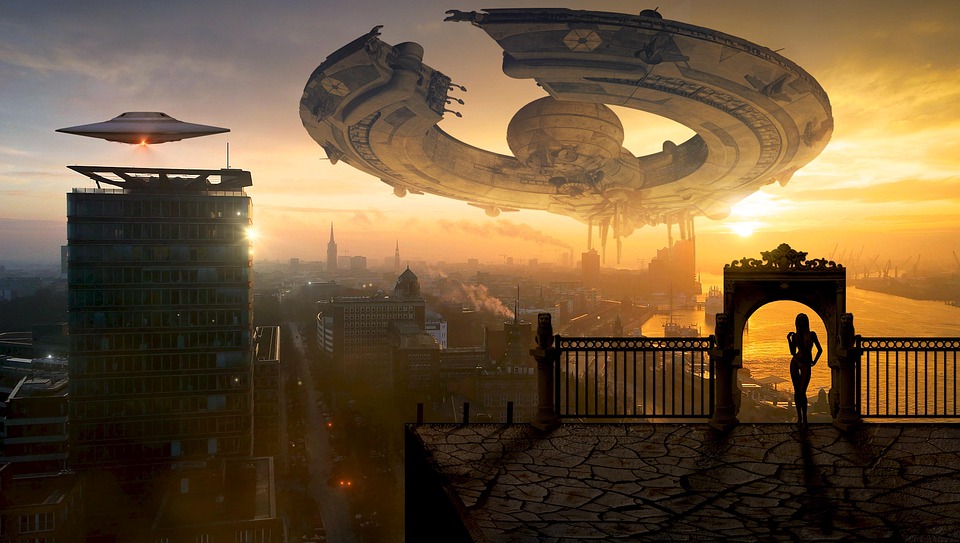The Evolution of life: Adapting to a Changing World
life on Earth has been evolving for billions of years, constantly adapting to changes in the environment in order to survive and thrive. From single-celled organisms to complex multicellular creatures, the process of evolution has shaped the diversity of life on our planet.
The Origins of life
The origins of life on Earth are still a topic of debate among scientists, but many believe that it began around 3.5 billion years ago in the form of simple single-celled organisms. These early life forms were able to survive in harsh conditions by using chemical reactions to create energy, a process known as chemosynthesis.
The Rise of Multicellular life
Over time, these single-celled organisms began to evolve and form multicellular structures, leading to the development of more complex life forms. The evolution of multicellularity allowed for greater specialization of cells, leading to the development of tissues, organs, and eventually, complex organisms.
Adapting to a Changing Environment
Throughout Earth’s history, the environment has undergone dramatic changes, including shifts in temperature, sea levels, and atmospheric composition. In order to survive in these changing conditions, organisms have had to adapt through the process of natural selection.
Natural selection is the process by which organisms that are better adapted to their environment are more likely to survive and reproduce, passing on their advantageous traits to future generations. Over time, this leads to the evolution of new species that are better suited to their environment.
The Impact of Humans
While evolution has been shaping life on Earth for billions of years, the impact of humans on the environment has introduced new challenges for many species. Deforestation, pollution, and climate change are just a few of the ways in which human activities have disrupted ecosystems and threatened the survival of many species.
Despite these challenges, many species have shown remarkable resilience and adaptability in the face of these changes. From urban-dwelling birds that have learned to use human structures for nesting to bacteria that have evolved resistance to antibiotics, life on Earth continues to evolve in response to the challenges of a changing world.
FAQs
What is evolution?
Evolution is the process by which species change over time in response to changes in their environment. This can lead to the development of new species that are better adapted to their surroundings.
How does natural selection work?
Natural selection is the process by which organisms that are better adapted to their environment are more likely to survive and reproduce, passing on their advantageous traits to future generations. This leads to the evolution of new species that are better suited to their environment.
What are some examples of adaptation in animals?
Animals have evolved a wide range of adaptations to help them survive in their environments. This can include physical traits like camouflage, behavioral adaptations like migration, and physiological adaptations like the ability to withstand extreme temperatures.
How has human activity impacted evolution?
Human activities like deforestation, pollution, and climate change have introduced new challenges for many species, leading to changes in their environment and the need for adaptation. Some species have been able to adapt to these changes, while others have faced extinction.
Discover more from System Ent Corp
Subscribe to get the latest posts sent to your email.

